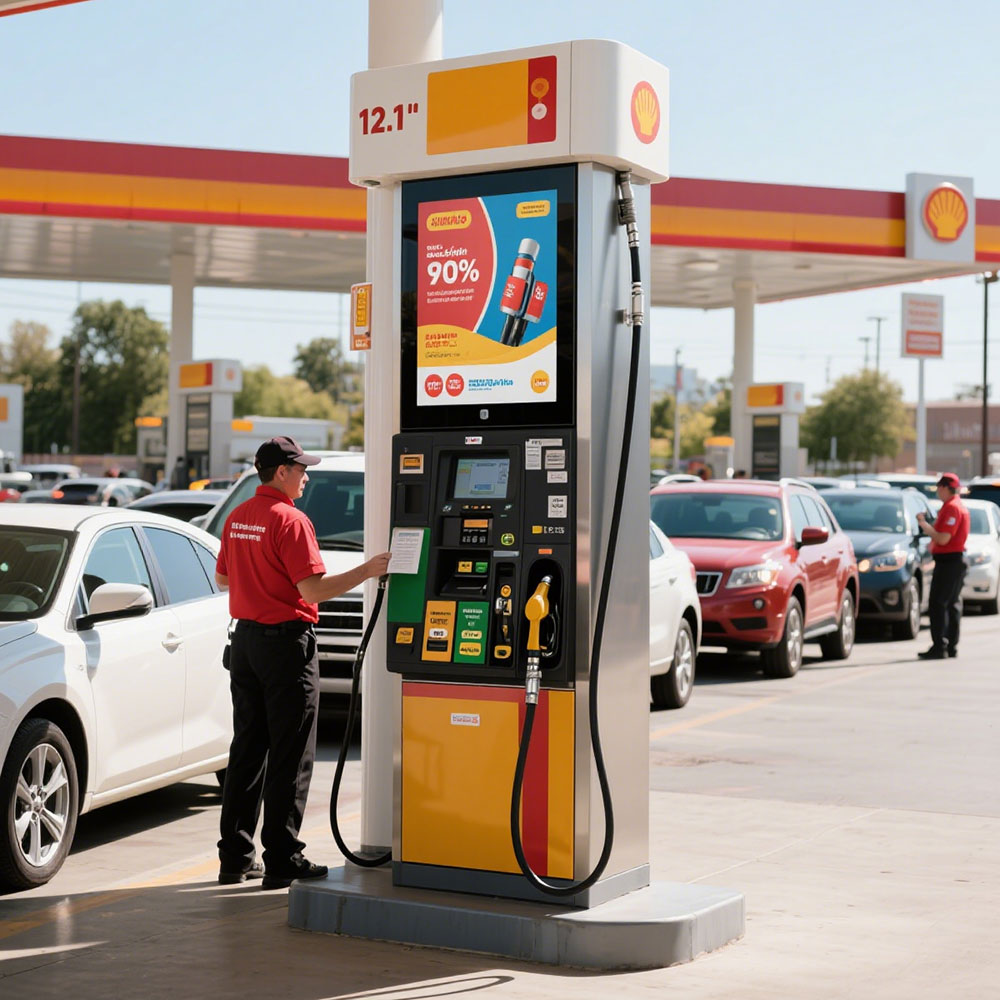When designing ruggedized industrial equipment, medical devices, or outdoor consumer electronics, selecting the right display technology is critical—especially in environments where ambient light exceeds 10,000 lux. A sunlight-readable high-brightness LCD screen isn’t just a luxury—it’s a necessity for operational safety, user accuracy, and system reliability. As an engineer with over a decade of experience in manufacturing ultra-bright displays for defense, transportation, and medical markets, I’ve seen firsthand how poor display choices lead to costly downtime, user errors, and even safety incidents.
Sunlight-readable LCDs must exceed 5,000 nits of brightness to remain legible under direct sunlight—a standard defined by MIL-STD-3009 and ISO 9241-302. However, brightness alone isn’t enough. The key lies in optimizing three core components: panel technology (e.g., transflective vs. transmissive), ambient light sensors, and adaptive backlighting systems. For instance, transflective LCDs combine reflective and transmissive layers, allowing them to use ambient light during daylight while switching to LED backlighting at night—reducing power consumption by up to 40% compared to fully transmissive screens.

In our recent project with a global agricultural machinery manufacturer, we deployed a 10.4-inch transflective LCD rated at 7,000 nits. The display passed rigorous testing per IEC 60068-2-1 (dry heat) and IEC 60529 (IP65 dust/water resistance). Real-world field trials in Brazil and Australia confirmed readability even under 12,000 lux sunlight without eye strain. Crucially, the integration of a photodiode-based ambient light sensor enabled dynamic brightness adjustment—further extending battery life on mobile units.

Manufacturers must also consider contrast ratio (minimum 1000:1), viewing angles (±60° horizontal/vertical), and thermal stability (operating from -30°C to +70°C). These factors are validated through JEDEC JESD22-A103 (thermal shock) and SAE AS85040 (military-grade durability).
Ultimately, choosing a sunlight-readable high-brightness LCD requires balancing performance, power efficiency, and environmental resilience—not just peak brightness numbers. Partner with suppliers who provide full test reports, compliance certifications, and real-world case studies. Your users—and your bottom line—will thank you.








